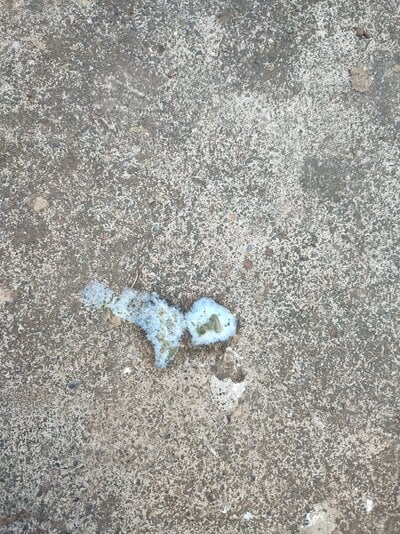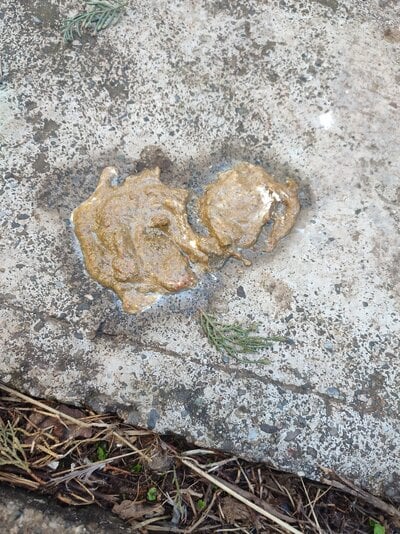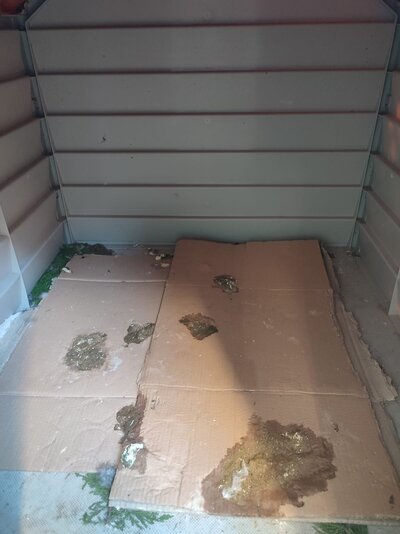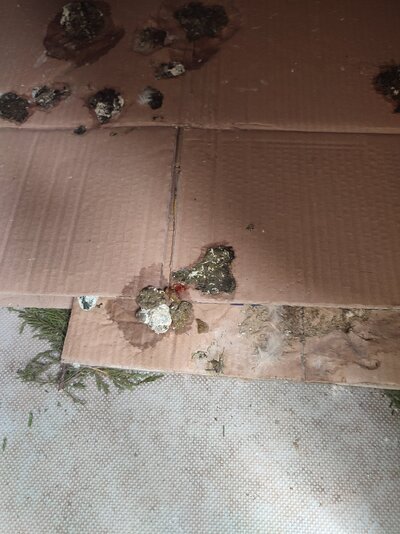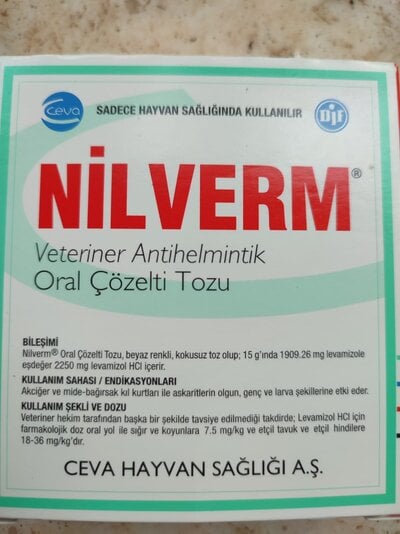demekidis
In the Brooder
Hello, this subject has been discussed a lot, but since i am still confused,
I am posting a new thread, hoping to get some feedback.
My chickens have been treated 3 times for coccidiosis with trazuril. The last one was 1.5 months ago.
Ever-since, I see intestinal lining on their poop daily which is mostly watery and their eyes look pale.
They eat and drink normally.
Please note that I have added a new healthy chicken to the flock and after a week, i have noticed intestinal lining on its poop so it must be something contagious.
There is no vet in my area, any ideas?
Thanks a lot in advance
I am posting a new thread, hoping to get some feedback.
My chickens have been treated 3 times for coccidiosis with trazuril. The last one was 1.5 months ago.
Ever-since, I see intestinal lining on their poop daily which is mostly watery and their eyes look pale.
They eat and drink normally.
Please note that I have added a new healthy chicken to the flock and after a week, i have noticed intestinal lining on its poop so it must be something contagious.
There is no vet in my area, any ideas?
Thanks a lot in advance

